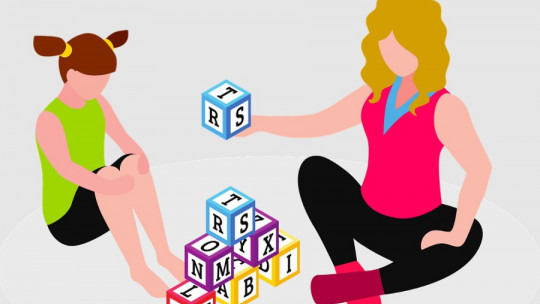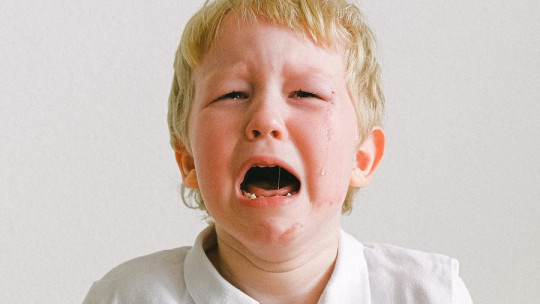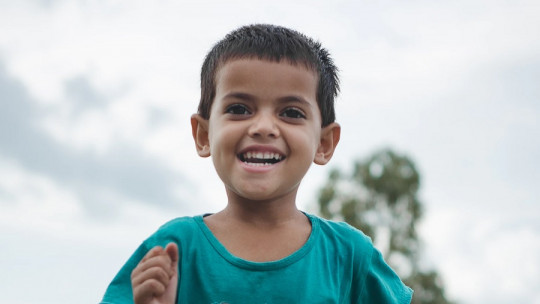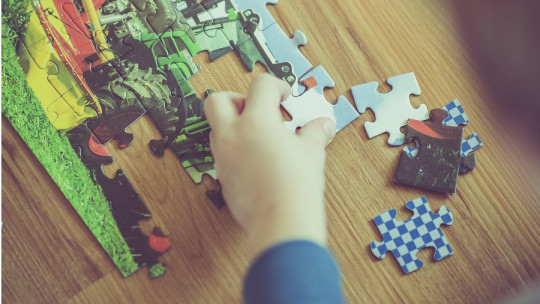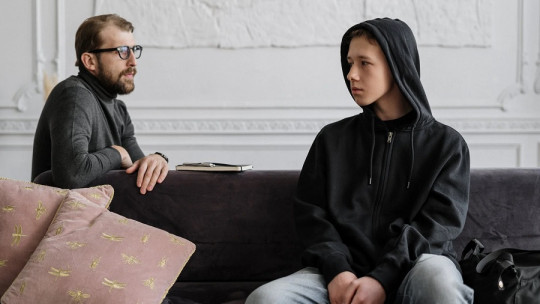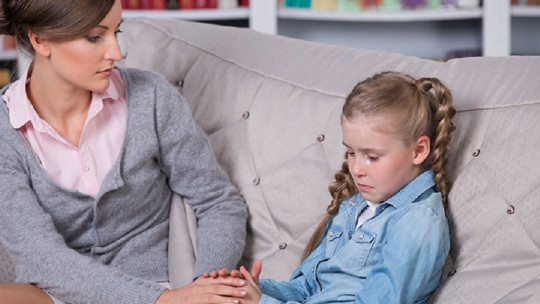
Children and adolescents with psychological and relational problems form one of the segments of the population that can benefit the most from psychotherapy services. Now, in order to give them these tools, it is necessary to train a group of psychologists capable of safely addressing the characteristic problems of minors in terms of forms of psychological discomfort and adaptation or learning problems.
In this article we will see what they are the characteristics of the best training in child and adolescent therapy and the way in which these are reflected in the way of learning the theory and practice of this professional field.
How to choose the best training in child and adolescent therapy
The first years of our lives are, in many ways, the most psychologically relevant. In them, not only does our personality begin to take shape from the mixture of environmental and genetic factors: in addition, the behavior patterns and attitudes that we adopt in this vital stage tend to structure the way in which we live life once it has ended. entered adulthood.
On the other hand, childhood and early youth are times of special vulnerability At these ages we do not have the material, behavioral and cognitive tools to deal with the problems that arise, and parents and caregivers cannot guarantee complete protection against all kinds of misfortunes.
Learning difficulties, traumatic experiences, socialization problems … These are situations that as adults we could manage relatively well on our own, but that children and adolescents do not know how to address.
That is why child and adolescent therapy is a very valuable tool to promote mental health and adaptation to the environment in the part of the population made up of minors.
Now… What characteristics must training in child and adolescent therapy meet to meet the fundamental requirements of quality psychological intervention applied in a professional and therapeutic context? Let’s see them below.
1. Helps understand the stages of psychological evolution
Each stage of childhood and adolescence occurs during the development of certain mental abilities, both cognitive and emotional. Children and adolescents are not simple vessels into which to pour all kinds of skills; Each moment of development requires the monitoring and enhancement of certain competencies no more no less.
For this reason, for example, we must take into account what type of mental operations can be expected in a seven-year-old boy or girl, and what type of cognitive training should be postponed so as not to waste resources and generate frustration.
2. Train in the analysis of environmental factors
Many times we tend to assume that psychology is something individual to each person, that it occurs within them without contextual elements intervening. However, the environment matters, and a lot
For example, a girl who is very passive and submissive does not have to be described simply with the label of “shyness”; Perhaps her behavior is the result of a history of bullying.
3. Allows you to study theory and practice
This characteristic is fundamental in child and adolescent psychotherapy, and also in learning any other type of psychological intervention. After all, everything that is studied must be applied in real cases with real subjects and none of these cases will perfectly adapt to the descriptions and classification criteria that appear in the manuals.
4. Teaches the aspects of relationships with clients and patients
In child and adolescent psychotherapy, a clear differentiation appears between clients and patients. This makes it necessary to understand how to communicate progress and feedback based on what has emerged in therapy sessions, for example.
The relationship model with clients and patients is very characteristic, and even more so if we take into account that In the case of minors, special measures must be adopted in our way of managing the information obtained without exposing them to vulnerabilities.
5. Offers a review of the phases of therapy
All the knowledge obtained in this type of training programs must be structured based on a basic outline of the stages of child-adolescent psychotherapy In this way, not only is it much easier to study these contents, but it also allows you to fully understand the meaning of each of those steps.
Learning loose strokes of what this kind of therapy is is of little use; It is essential to have a global and structured vision.
An example of a training program
In Spain, fortunately, it is now possible to find very interesting specialization courses in child and adolescent therapy. An example of this is the case of Practical Course on Child and Youth Psychology at the Mensalus Institute in Barcelona.
It consists of eight sessions of three hours each and a structured syllabus of all the theoretical and practical elements that it is essential to know. It is especially indicated for people who want to learn from experts how to intervene in these cases, all in facilities where therapy is carried out daily.


